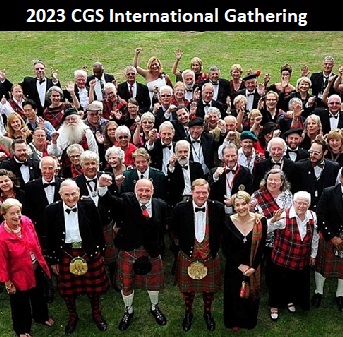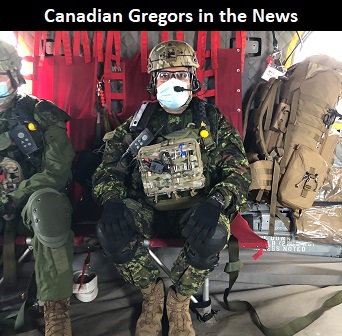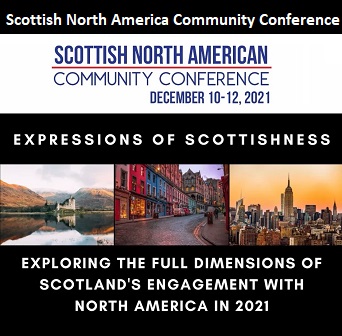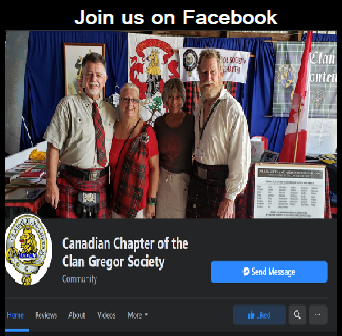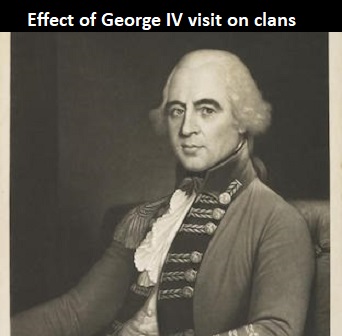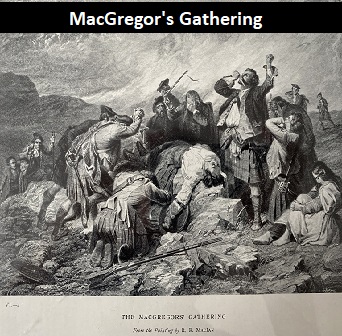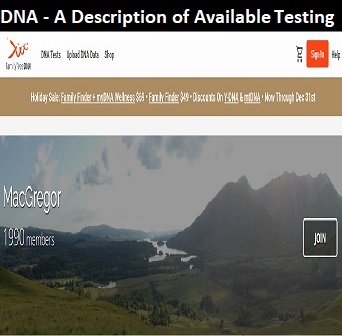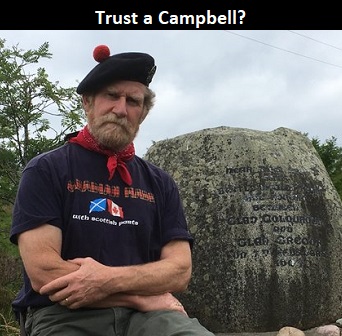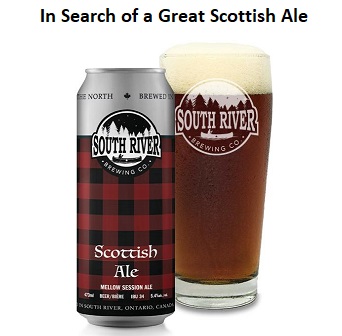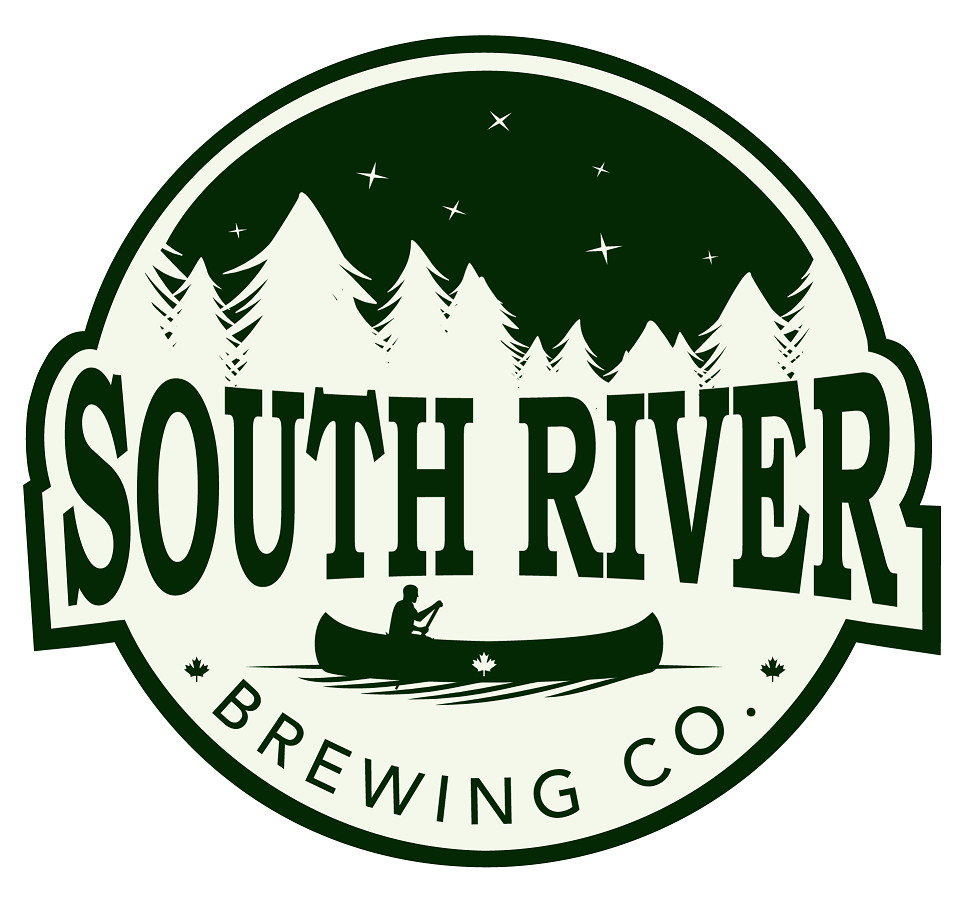Fáilte!
On behalf of our publisher, Siobhan L. Covington, please enjoy this complimentary copy of our new edition!
PDF : http://www.celticlifeintl.com/december2021
FLIPBOOK : https://online.fliphtml5.com/iznnk/enac/
Sláinte & Stay Safe!
Celtic Life International
www.celticlifeintl.com
Editor's note: The following is a previously published interview with Celtic Life
Response from Wayne MacGregor Parker, Chairman Clan Gregor Society Canada Chapter
*How long have you been involved in the Clan and in what capacity?
I have been active in the Clan Gregor Society for over 21 years. I first joined the Great Lakes Chapter based in Ohio, where I served in a number of capacities including Chapter Chairman for seven years. In 2003 I returned to my home in Ontario Canada. I currently have the honour of serving as elected Chairman of the newly formed Clan Gregor Society of Scotland - Canada Chapter.
*What inspired you to get involved, and stay involved?
My love of history and a strong desire to learn as much as I could about the truth of the tragic yet romantic past of Clan Gregor brought me to the Clan Gregor Society. Unfortunately, a lot of bad history has been promulgated as fact and the story of the Clan has been misunderstood and misinterpreted as a result. I was seeking a better understanding and I wanted to find my own roots and place in the story of MacGregor. In the Society in Scotland I found both. From the outset, I was thrilled by the focus on properly understanding our history and heritage. I was given a list of 10 books every Gregor should read. At the same time I was advised to not take everything I read (in any given account) as the whole story, that it was best to explore topics from many points of view because in doing so a clearer and more rounded picture would emerge. This made sense and an amazing journey of discovery and purpose was launched.
Since that time the Society has been a leader in actively using DNA to probe and test historical connections or confirm Gregor origins. Researching, finding and documenting important structures on our traditional clan lands continue. Important research papers and meaningful clan related information is routinely shared amongst membership. We have a wonderful newsletter that is robust with stories of interest to Gregors worldwide. Gatherings are held from time to time to bring us together.
Here at last is a Society on the move. I appreciate the fact that we are much more than just another Scottish social club.
*What is the Clan's origins and history?
This is a big story. Too big for here, so I’m going to focus on Gregors here in Canada.One of the driving forces behind formation of a Canadian Chapter was to bring forward the contributions, past and present, of Gregors in their new country. This includes our current young people and their involvement in the modern world.
Canada has a higher percentage of people of direct Scottish decent than any other nation. In Great Scots! How the Scots Invented Canada, author Matthew Shaw offers that Canada is Scotland’s answer to British rule as it provided an outlet for the ambition and ingenuity of Scottish immigrants, and in the process, the Scots built a great nation. True, Scottish explorers, traders and pioneers were the vanguard of entrepreneurs opening up this vast rugged land, but as the forward to Shaw’s book notes, “...it was in politics, and in particular the act of Confederation that the Scottish genius shone the brightest. Indeed, Canada’s existence as an independent state in North America , a nation apart from the American super power, is a balancing act that owes much to a Scottish sense of the possible, the Scottish style of management and their own long history of living in the lee of a great power.”[1]
The same can be said of Clan Gregor. A little research reveals that Gregors have carried this same spirit forward in the development of Canada. Here are just a few bearing the surname of MacGregor. No doubt there are many more;
- John McGregor, one of the first permanent residents in Canada when the Hector landed in Nova Scotia
- James MacGregor, first Gaelic speaking Protestant minister in Nova Scotia
- Barry MacGregor, actor and director of the Shaw and Stratford Festivals
- Bruce MacGregor, Hockey player and Edmonton Oiler’s Assistant Manager for four Stanley Cups
- Gordon MacGregor, Builder of the Ford Motor Co. of Canada
- James D. McGregor, pioneer in development of agriculture and stock breeding
- James G. MacGregor, historian and popular author of the history of western Canada
- James K McGregor distinguished doctor and founder of the McGregor Clinic
- John MacGregor Canada’s most distinguished soldier awarded the Victoria Cross
- Roy MacGregor Columnist and popular author of over 30 best-selling books
Without question, many unsung MacGregors figured prominently in Canadian history and we need to understand and honour their achievements both modest and bold. It is for this reason that we have formed a Canadian Chapter.
[1] The Honourable Duff Robin P.C., C.C., O.M., L.L.
*How has it evolved over the years?
The new Canada Chapter was formed and recognized by our Chief, Sir Malcolm and Council as a Chapter of the Clan Gregor Society in September 2012. This was built around a nucleus of Society members present in Canada. There has been an independent Canadian Clan Gregor organization in Canada since the early 1980’s. This group has done a wonderful job of keeping the flame of MacGregor alive and we look forward to building on this strong foundation. While effective as an organization, it was never established as a chapter of the larger world wide Clan Gregor Society formed in 1822 and under the leadership and direction of the Chief and Council in Scotland. Under the umbrella of the Society, Canadian Gregors can now participate more fully in bringing the history, heritage and expanded resources of the Society to life as part of this larger community. We are exploring the benefits of merging the two organizations and are committed to working out the practical details subject to each respective organization’s needs and by-laws. Several Canadian Gregor Society members have already joined the Chapter and more are anticipated in the near future.
*How many members are actively involved?
We currently have 23 members on the active list and another 50 or more in consideration.
*Where are Clan members from and how do they find you?
Our members are from across Canada. We have active memberships in 7 Provinces and two expatriates living in the USA.
Inquiries should be directed to:
The Clan Gregor Society Canada Chapter
PO Box 232,
Dorset ON, P0A 1E0
This email address is being protected from spambots. You need JavaScript enabled to view it.
*What kinds of Clan-related events do members participate in?
The Society is most interested in working within the Canadian Scottish community to strengthen ties and help coordinate efforts to keep our connections with Scotland alive and meaningful for the future. The Chapter focus is to bring to light and emphasize the many significant contributions of Canadian MacGregors, while sharing and disseminating information about the history and heritage of the Clan, events and related things of interest to engage Gregors here in Canada. Our Newsletter, The Maple Leaf MacGregor is published bi-annually in the spring and fall.
Organizations all over the world struggle to keep members and relevance in modern society, especially with young people. We are committed to working hard to further these important objectives through participation in Highland Games, and building social and organizational contacts and connections. To further these aims, the Canada Chapter is a member of CASSOC, the Canadian Association of Scottish Clans, We enjoy and look forward to building effective relationships with our sister organizations, American Clan GregorSociety , COSCA and SAHCA in the US and Australia as a part of this effort.
Our Chief, Sir Malcolm MacGregor of MacGregor, is the current Convener of the Standing Council of Scottish Chiefs and is working to build partnerships all over the world to strengthen common ties within the Scotland and it’s diaspora.
*What does the Clan have planned for the rest of 2013 and in the years to come?
Here in Canada, as we are in the fledgling stage we are selectively participating in several of the premier Highland games. In the future, we hope to expand this with regional representation and increased membership participation. We will have a strong presence this summer at the Glengarry Highland Games in Maxville, the home of the North American Pipe Band championships and the last stop before the World’s in Edinburgh. The other venue will be the Fergus Games, also one of the largest in the country and the site of our annual general meeting. There will be other venues yet to be determined.
Going forward, in 2014 the Society in Scotland is hosting a worldwide Gathering of MacGregors in Stirling in July as part of the anniversary celebrations of Bannockburn.
In Clan Gregor Society it’s more than just wearing the kilt or sporting some MacGregor tartan. We believe in and count upon strong participation. Membership has its privileges, not the least of which is doing one’s part in keeping the flame of Gregor alive and moving forward.
Wayne MacGregor Parker
Response from Richard McGregor, Chairman Clan Gregor Society, Scotland
*How long have you been involved in the Clan and in what capacity?
For me personally since 1984, from 1993 as Vice Chairman and since 1995 as Chairman (re-elected annually)
*What inspired you to get involved, and stay involved?
Genealogy. First interested when parents emigrated to Canada and left behind documentation. Genealogy at is best is always driven by the question 'I wonder what happened before that' - so I have spent the last 30 years building up a database and collection of resources which cover the clan and its various family groups across Scotland. There's always something new to learn - that's why I created a MacGregor clan DNA project in 2002 which now has over 800 members worldwide
*What is the Clan's origins and history?
This could fill a book (and does). Tradition says the origin is King Alpin but the first historical figure we know is Ian Cam MacGregor died 1390 in Glenstrae buried in Dalmally. All MacGregors supposedly descend from him though the DNA project suggests that about 53% of those who bear the name do and 47% do not, so must have adopted the name for other reasons. The clan originally had lands round Loch Awe but lost them to the Campbells and after various bloody incidents were finally outlawed (the name was banned) in 1603. Nearly 100 male MacGregors were slain during the next 10 years (and that's the ones we know about) in a concerted effort to purge the MacGregors out of existence (and included branding of women and children). After a brief respite in 1660-93 the name was again proscribed for supporting the Stuart family pretensions to the throne of the U.K., and the name was only reinstated in 1774. As a result there are many people with different surnames that were adopted at the time of prescription who never took the name back - some of these, like Stirling, Drummond, Bain have been identified from the DNA project. The DNA project has also identified different lines of MacGregors, much smaller in size, from Ireland, Rosshire and Perthshire. There are also many aliases associated with the clan - such as Grier, Grierson, Peterson etc and it is assumed these were adopted when the name MacGregor was banned.
*How has it evolved over the years?
The Clan Society started in 1822 as the third Clan Society in Scotland. Apart from some short periods of inactivity the Society has functioned across these last 190+ years in a constant manner - having Objects that support the education of clan members, the preservation of culture and artifacts and the dissemination of knowledge about the clan and its history, and genealogy. Lately as you might expect this has been through internet sources (one of the worst aspects of the internet is the promulgation of inaccurate false and invented information as fact so our goal is accuracy and evidenced statement).
*How many members are actively involved?
Depends what you mean by active. we have a membership of about 700, a council of 14 members, about 25-40 attend the annual AGM, and anything from 40 to 200 attend annual gatherings (every four years there is an International gathering which attracts between 80 and 200 people). We regularly receive queries about the clan which we always answer, we provide genealogy services largely for free for members, we have a large amount of historical information available for members and non members and every year we produce 2 newsletters which contain both 'social' and 'historical' articles
*Where are Clan members from and how do they find you?
All over the world but predominantly in former British Commonwealth and America/Canada.many come via the internet, or through Chapters of the Society in America, Canada and Germany often via Highland games, also, by word of mouth
*What kinds of Clan-related events do members participate in?
Highland Games, social events, Gathering weekends, which in Scotland include trips out to clan lands or other areas of interest
*What does the Clan have planned for the rest of 2013 and in the years to come?
AGM and Gathering in Scotland in July, and in 2014 International gathering based in Stirling (again in July) which currently has about 200 people booked to attend a ten day long series of events., Chapters have their own social gatherings and many attend the Highland games local to their geographical area
Richard McGregor

